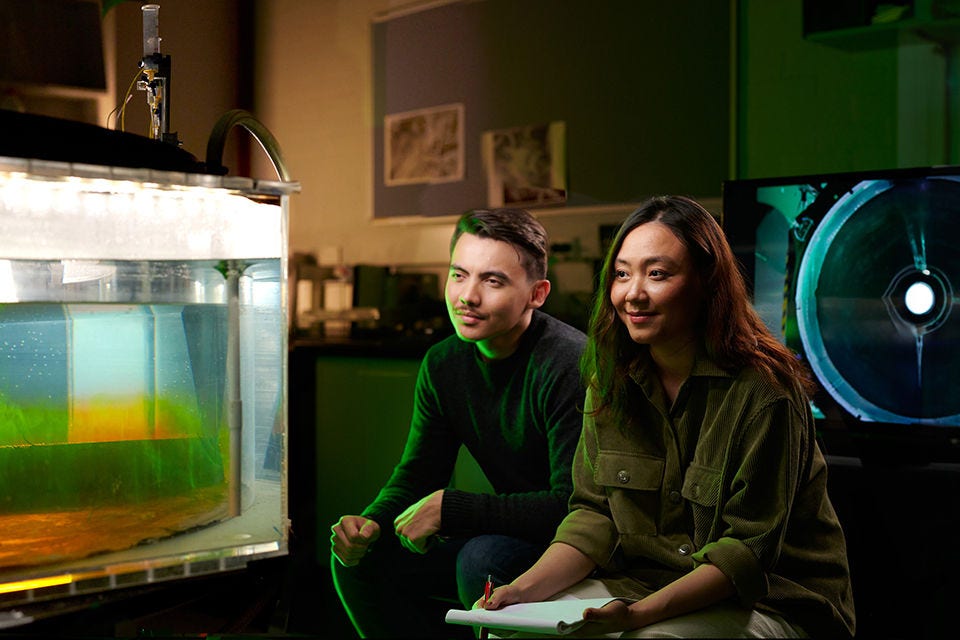Education for employment success
Courses designed and taught by industry experts to ensure that graduates are job-ready in the skills employers need.
VET courses provide practical learning and technical preparation for hundreds of different careers.
Some courses will also prepare you for business professions or paraprofessional work, such as paralegal and paramedic roles.
What is VET?
Australian vocational education and training (VET) is also known as ‘Technical and Vocational Education Training (TVET)’ and ‘skills training’. Australia’s TAFE (Technical and Further Education) institutes are the largest provider of VET.
Major fields of study
VET courses are available in areas including:
- information technology (IT), cyber security and computing
- travel, tourism, and hospitality
- business, accounting, management, and entrepreneurship
- engineering, automation, and technology
- architecture, planning, building and construction
- agriculture, horticulture and agritech
- legal studies
- automotive
- health, medicine, psychology, and laboratory sciences
- creative industries, fashion, and design.
The VET learning experience
VET courses are practical and skills-based, and many study areas include work placements or workplace-based learning. Nationally accredited VET courses are designed and taught by industry experts and are delivered by:
- government-owned technical and further education (TAFE) institutes
- independent registered training providers (RTOs), and
- dual sector universities that offer VET and higher education programs.
Qualification levels
Each VET qualification can be a first step towards a new job or a new skill, or a pathway to further study. Diploma and Advanced Diploma courses may also provide study credit towards a higher education (university level) degree.
Certificate I
- Duration: 4 to 6 months
- Career outcome: Competent operator
Certificate II
- Duration: About 1 year
- Career outcome: Advanced operator
Certificate III
- Duration: About 1 year
- Career outcome: Qualified tradesperson or technician
Certificate IV
- Duration: 12 to 18 months
- Career outcome: Supervisor
Diploma
- Duration: 18 to 24 months
- Career outcome: Paraprofessional
Advanced Diploma
- Duration: 24 to 36 months
- Career outcome: Junior manager
Why study a VET course?
Taught by industry experts
All VET teachers and trainers in Australia must have recent and relevant experience in their industry. This means you will learn from industry professionals who can share their expertise and experience, industry insights and trends, and knowledge of skills areas in high demand.
Pathways to university or further study
An Australian VET qualification can be a stepping stone towards further study or a higher education (university level) degree. In some fields of study, a VET qualification can even provide study credit towards a degree.
Find out more about pathways to university.
Pathways to work
Australia’s VET system has a world-class reputation for aligning qualifications with industry needs, so what you learn will be what you need for your job.
Based on expert industry advice, Australian VET courses are continuously updated to equip students with skills in demand locally and internationally. Most VET courses take less time to complete than a higher education degree, so you can be job-ready sooner.
Quality education standards
All Australian VET providers must meet strict quality standards for registered training organisations (RTOs). To make sure standards are met, the Tertiary Education Quality and Standards Agency (TEQSA) and the Australian Skills Quality Authority (ASQA) monitor all courses and education and training providers.
Diverse learning environments
You can study on-campus in one of Australia’s major cities, or you might choose a smaller city or town with a specific industry focus. For example, a rural area will give you hands-on experience in, agritech or animal care, while one of Australia’s major cities might be a great place to study tourism or construction.
Top-quality learning spaces and equipment
Many VET providers give students access to state-of-the-art learning spaces and equipment – either on their own campuses or in workplaces. Some campuses also have simulated and actual work environments, such as hospital wards, cybersecurity labs, construction sites or beauty salons, to help prepare you for real-world jobs.
Future-focused learning with the latest technology
Emerging technologies are a part of many courses and teaching practices in Australian VET. Some training providers are creating learning environments that use virtual, augmented and immersive reality. Others teach courses in robotics, the use of drones and other life-changing technologies, giving you confidence to graduate job-ready in the latest skills and techniques.



